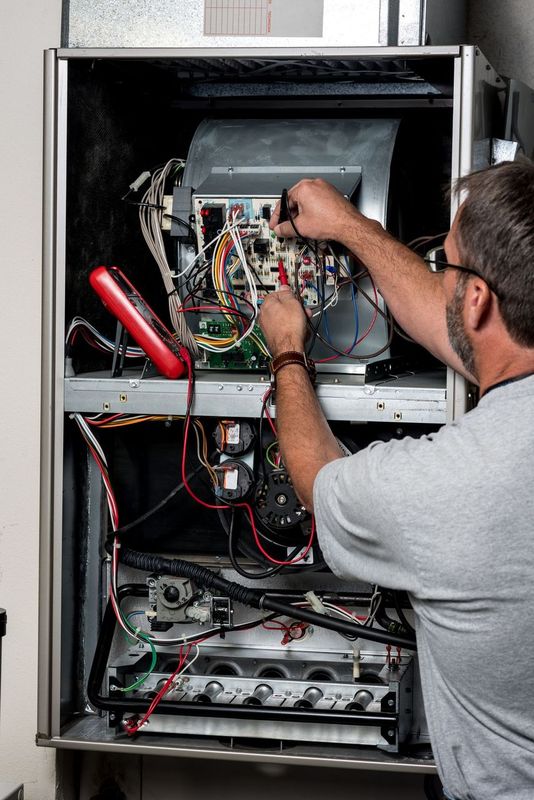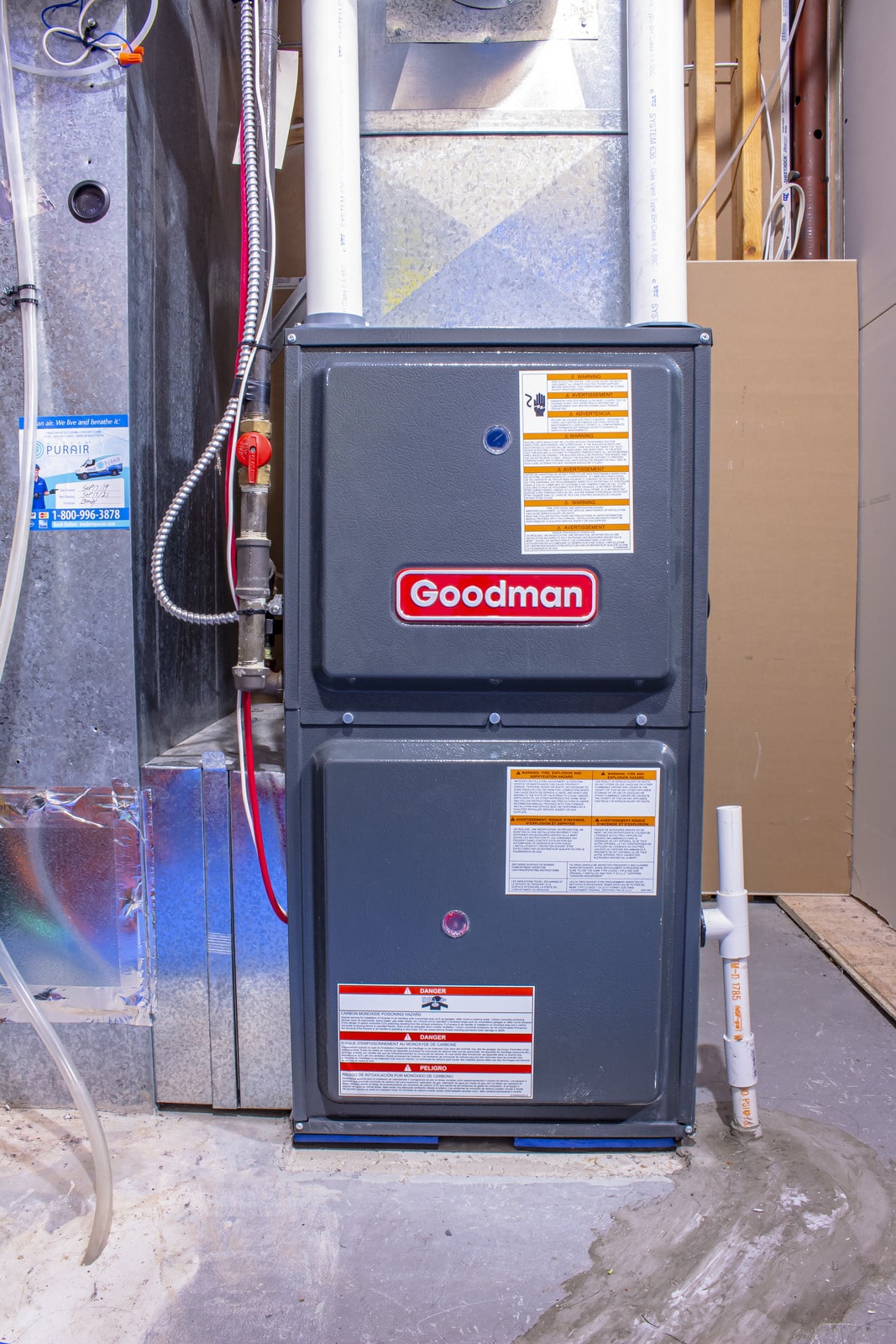Green Attics Things To Know Before You Buy
Table of ContentsExcitement About Green AtticsThe Basic Principles Of Green Attics Some Known Facts About Green Attics.The Only Guide to Green AtticsThe smart Trick of Green Attics That Nobody is Talking AboutExcitement About Green AtticsThe 6-Minute Rule for Green Attics
Around the smokeshaft. Building regulations need that air rooms in between smokeshafts and flooring or ceiling assemblies whereby they pass be secured with a non-combustible fire quit (see Number 5-3 and Number 5-4). Along the side of shared wall surfaces. There is typically a space between the party wall surface (such as the shared wall in between units in duplexes, triplexes and row homes) and the edge of the attic room floor.
A heavy polyethylene sheet which is caulked with acoustical sealant and stapled to the ceiling frames the electric box. An electric cable diverts from the electric box and down through a hole into an indoor wall. Holes around electric cables are loaded with caulking or foam sealer, and caulking seals gaps along the top of the indoor walls.
Attic ventilation offers a number of purposes. Spray foam insulation. It minimizes summertime heat accumulation, extending the life of roof covering and minimizes a/c loads. After air sealing, attic ventilation is your 2nd line of protection versus the water vapour that might have discovered its way right into the attic. It makes certain a colder, well-vented attic room space much less susceptible to the development of ice dams at the eaves.
Rumored Buzz on Green Attics
You might have to situate roof or soffit vents from outdoors if they are not plainly visible from inside the attic. Homes with peaked roofings and obtainable attic rooms are the most convenient to vent by utilizing the proportion of 1 to 300. This ratio describes unobstructed vent area to the protected ceiling location.

The place of vents is as crucial as their number and type. Usually, a mix of types and places will function best. The complying with Parts information the best strategy relying on your attic room kind. After you have actually examined the attic room and performed any therapeutic job, emphasis first on air and dampness control.
4 Simple Techniques For Green Attics
On the various other hand, spray foam offers air sealing and an initial layer of premium quality insulation that can be topped approximately the wanted RSI (R) degree. If the attic retrofit is being completed together with indoor improvements, the easiest method is to set up a brand-new, single air and vapour barrier on the bottom of the ceiling joists.
Spray foam or rigid board insulation can help link the gap in this location. Cut inflexible board to fit in between the ceiling joists and to prolong from the outside wall surface top plate towards the attic room.
Remove existing insulation from the area you are working on and establish it to one side. Caulk all sides, gaps and joints, see Figures 5-10 and 5-13.
Spray foam professionals can mount closed-cell foam between the joists to air seal and add insulation at the very same time to the ceiling. All existing insulation and dust have to be eliminated first to allow for a great bond.
Not known Details About Green Attics
(https://profile.hatena.ne.jp/greenatt1cs/)
This gets rid of roofing airing vent and creates what is called a warm roof, where the attic room space enters into the conditioned (heated and cooled down) residence area. This process may appropriate for some attics, however do not continue without approval from your structure assessor, and afterwards only utilize a certified spray foam specialist that recognizes with the procedure.
If there are obstructions above the joists, such as with a truss roof, it may be most convenient to put batt insulation right into the joist areas and after that use loose-fill insulation to create a full blanket of insulation above the joists and around all obstructions. Loose-fill insulation is likewise good by itself, especially in uneven or obstructed areas.

Get This Report about Green Attics
Usage frustrates between each rafter area to stop it from being blocked (see Figure 5-11). Shield over and listed below cross supporting, splitting or reducing the batt to suit the cross supporting as illustrated in Figure 5-12. Additionally, cut one batt into a series of wedges and after that fit a wedge under each support.
The first layer of batts should be thick sufficient to entirely load to the top of the joist room. The second layer can then run vertical across the joists to block any kind of warm flow through and around the joists (see Figure 5-13). Attic insulation. Guarantee that there are no voids in between the 2 layers of insulation
Begin at one end of the attic room and unfold the covering. Number 5-11 Baffles can be used to keep air movement with the soffit vents Text variation Exploded view of baffles between attic room roofing system joists with arrows suggesting air activity taking a trip from the outside, via an air vent in the ceiling overhang, and over the baffles.
Unknown Facts About Green Attics
Number 5-13 The top layer of insulation runs vertical to the bottom layer Text version Illustration of layers of batts of insulation between and over attic joists. Batts in addition to joists are perpendicular to batts in between joists. A polyethylene sheet is laid under both layers of insulation and connected to the top of attic room joists by caulking and staples.

If the loose fill is deeper than the joists, develop insulation structure (a crib) around the attic room hatch to ensure that it can be loaded to the side (see Figure 4-7). The bags of insulation material will certainly detail the number of square metres (or square feet) each bag must cover to supply the needed RSI worth.
The Facts About Green Attics Uncovered
If you are having a professional do the work, calculate the RSI value that you want and check the bags of link insulation to be used. They ought to suggest the area that one bag will certainly cover at the chosen protecting value. You and the professional must after that concur on the complete variety of bags to be used, the expected insulating worth and the minimum settled depth of insulation throughout the attic, based upon a certain density.